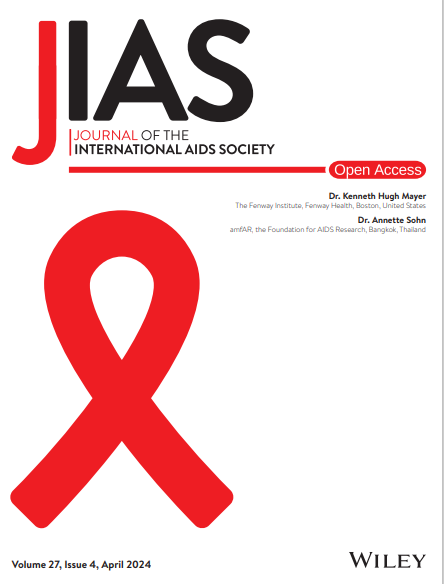Including transgender populations in mathematical models for HIV treatment and prevention: current barriers and policy implications
Abstract
Introduction
Mathematical models of HIV have been uniquely important in directing and evaluating HIV policy. Transgender and nonbinary people are disproportionately impacted by HIV; however, few mathematical models of HIV transmission have been published that are inclusive of transgender and nonbinary populations. This commentary discusses current structural challenges to developing robust and accurate trans-inclusive models and identifies opportunities for future research and policy, with a focus on examples from the United States.
Discussion
As of April 2024, only seven published mathematical models of HIV transmission include transgender people. Existing models have several notable limitations and biases that limit their utility for informing public health intervention. Notably, no models include transgender men or nonbinary individuals, despite these populations being disproportionately impacted by HIV relative to cisgender populations. In addition, existing mathematical models of HIV transmission do not accurately represent the sexual network of transgender people. Data availability and quality remain a significant barrier to the development of accurate trans-inclusive mathematical models of HIV. Using a community-engaged approach, we developed a modelling framework that addresses the limitations of existing model and to highlight how data availability and quality limit the utility of mathematical models for transgender populations.
Conclusions
Modelling is an important tool for HIV prevention planning and a key step towards informing public health interventions, programming and policies for transgender populations. Our modelling framework underscores the importance of accurate trans-inclusive data collection methodologies, since the relevance of these analyses for informing public health decision-making is strongly dependent on the validity of the model parameterization and calibration targets. Adopting gender-inclusive and gender-specific approaches starting from the development and data collection stages of research can provide insights into how interventions, programming and policies can distinguish unique health needs across all gender groups. Moreover, in light of the data structure limitations, designing longitudinal surveillance data systems and probability samples will be critical to fill key research gaps, highlight progress and provide additional rigour to the current evidence. Investments and initiatives like Ending the HIV Epidemic in the United States can be further expanded and are highly needed to prioritize and value transgender populations across funding structures, goals and outcome measures.

 求助内容:
求助内容: 应助结果提醒方式:
应助结果提醒方式:


